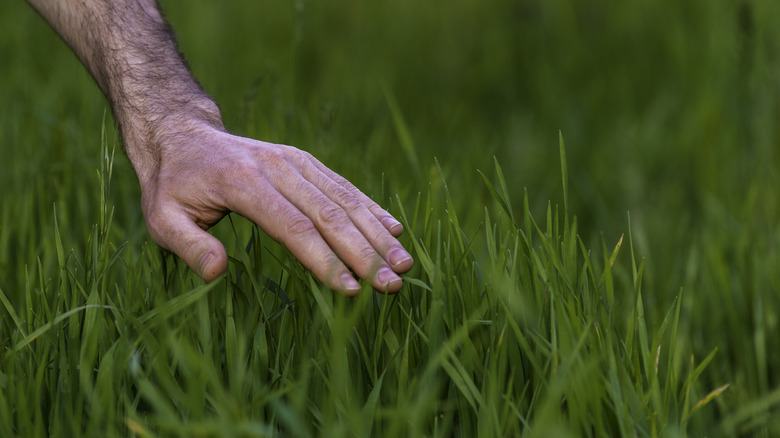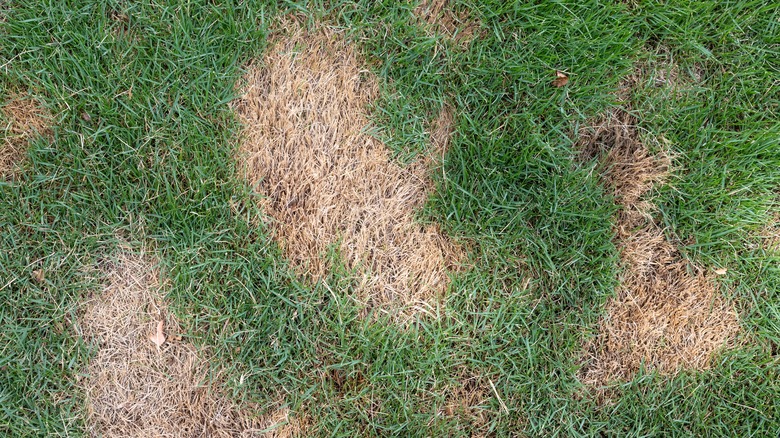Disadvantages To Consider Before Growing Tall Fescue Grass
Tall fescue (Lolium arundinaceum) is a popular cool-season grass throughout the United States because it establishes quickly from seed and will tolerate various soil conditions. While it's not as drought- or heat-tolerant as a warm-season grass like zenith zoysia grass, it does tolerate those conditions better than other cool-season grasses.
That makes tall fescue one of the best-adapted turf grasses for the transition zone, the roughly 200-mile-wide belt between the cooler northern states and warmer southern states. Lawns in this tricky zone typically have summers that are too hot for most cool-season grasses, while winters are too cold for most warm-season grasses. So a somewhat more heat-tolerant cool season grass like tall fescue has all the right traits to handle those transition zone conditions.
Before you go bulk-ordering this popular cool-season grass seed for your lawn, though, it's important to consider a few of the drawbacks of having tall fescue grass. Namely, just because it is better adapted to your tricky climate than other grasses doesn't mean it will thrive there. Tall fescue is prone to disease and pest problems, especially in humid climates. As a fast-growing grass, planting it typically means you'll be mowing your lawn more frequently than you would with other slower-growing species. Beyond the potential high maintenance needs of a tall fescue lawn, this grass is also a non-native species that has become invasive in some states.
Why tall fescue might not be the best choice
Let's start with the care and maintenance. While tall fescue can tolerate poor soil conditions and it's more tolerant of heat and drought than other cool-season grasses, it can still be finicky. In humid climates, it's prone to disease — especially brown patch. During hot summers where temperatures climb above 75 degrees Fahrenheit, it can experience heat stress, making your lawn thin and patchy right when you want it looking its best. If it's not dealing with disease and heat stress, tall fescue is a fast-growing grass that can end up requiring mowing as often as twice a week to keep it at a height of 2 to 3 inches.
Maintenance needs aside, tall fescue can also be a problem for your local ecosystem. The fast-growing grass can quickly overtake open prairies and colonize disturbed areas like roadsides. When it does, it crowds out native grasses and prairie species that your local wildlife relies on for food and shelter.
The good news is that those native grasses that tall fescue would crowd out can actually be an excellent alternative for your lawn. In addition to having more ecological value for wildlife, these native species don't just tolerate your climate, they thrive in it. Some good alternatives that are native throughout most of the United States include buffalo grass (Bouteloua dactyloides), big bluestem (Andropogon gerardii), little bluestem (Schizachyrium scoparium), switchgrass (Panicum virgatum), sideoats grama (Bouteloua curtipendula), and eastern gamagrass (Tripsacum dactyloides).

